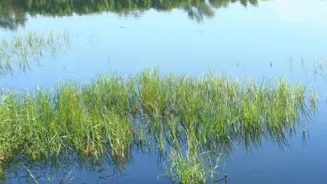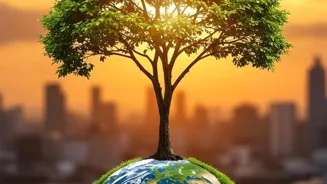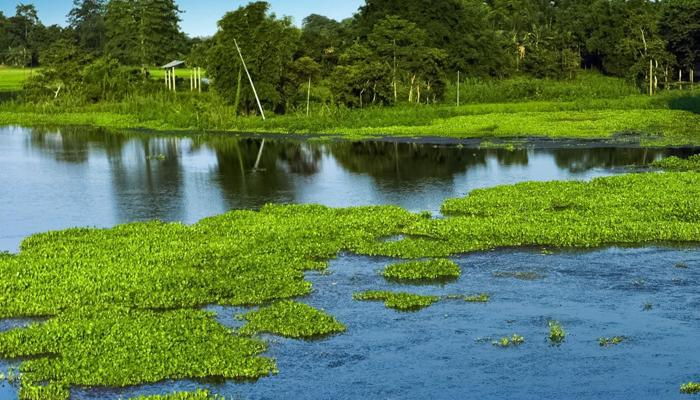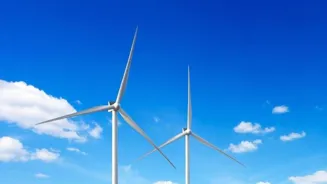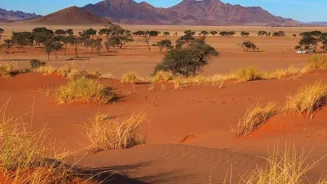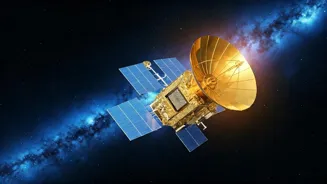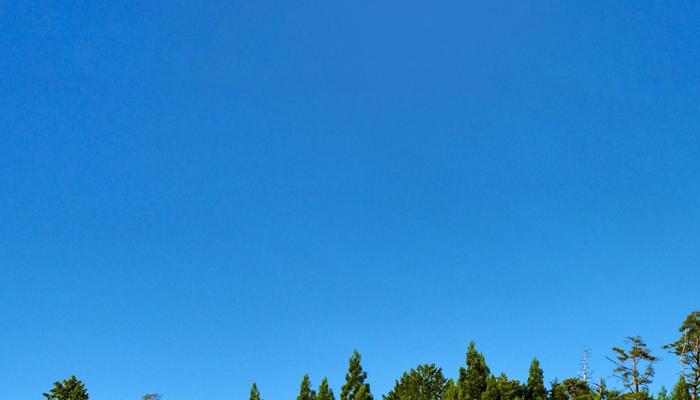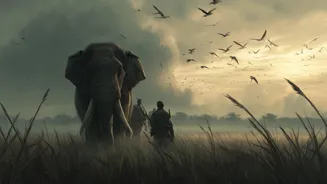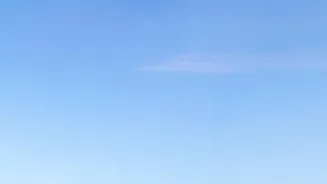Discover the hidden wonders of wetlands and their vital role for animals. Dive into why they matter and how they benefit us all
For many folks in India, the word "wetland" might conjure up images of marshy,
mosquito-ridden areas. But hold on! These seemingly unassuming places are actually teeming with life and play a seriously crucial role for our wildlife and even for us humans.
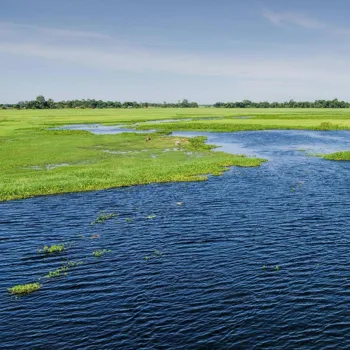
Let's dive into why wetlands are so important and explore the amazing benefits they offer to the animal kingdom.
Wetlands support diverse life forms in water-land ecosystems
Wetlands, in their many forms, are essentially areas where water meets land. This includes everything from the familiar lakes and ponds to the less-known swamps, mangroves, and even paddy fields.
The common thread is that these areas are regularly saturated with water, either permanently or seasonally. This waterlogged environment creates unique conditions that support a wide array of plant and animal life, many of which are specially adapted to thrive in such conditions.
They are not just wastelands; they are biodiversity hotspots of immense importance.
Wetlands support diverse species, crucial for ecosystem balance
Imagine a bustling city where different communities live and work alongside each other. That's precisely what a wetland is for countless animals. These areas provide essential habitats for a massive variety of species, from the tiniest insects and amphibians to majestic birds and mammals.
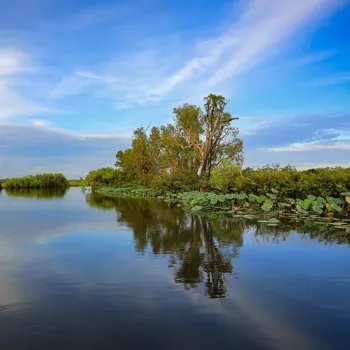
Wetlands act as breeding grounds, feeding areas, nurseries, and safe havens for animals escaping predators. Many migratory birds, for instance, depend on wetlands as crucial resting and refueling stops during their long journeys across continents.
Without these wetlands, many species would struggle to survive, leading to a decline in biodiversity and disruptions in the delicate balance of our ecosystems. Moreover, the presence of diverse wildlife indicates a healthy ecosystem, benefiting us all.
Wetlands thrive on diverse ecosystem interactions for survival
Many of us are familiar with iconic wetland animals like the graceful flamingo or the croaking frog. However, the true beauty of wetlands lies in the intricate web of life within them. Consider the tiny microorganisms that break down organic matter, releasing nutrients that support plant growth.
Or the insects that pollinate wetland plants, contributing to the overall health of the ecosystem. Each organism plays a unique role, contributing to the stability and resilience of the wetland.
Understanding these intricate relationships is key to appreciating the true value of wetlands and ensuring their protection for future generations. Loss of even a single species can have cascading effects, impacting the entire ecosystem and reminding us of the importance of conservation.
Wetlands vital for humans, absorb water, improve quality, enhance resilience
Beyond their importance to wildlife, wetlands also provide critical services to us humans. One of the most significant is their ability to act as natural sponges, absorbing excess rainwater and reducing the risk of floods.
During heavy monsoon rains, wetlands can soak up vast amounts of water, preventing it from overwhelming drainage systems and causing widespread damage. Additionally, wetlands help improve water quality by filtering pollutants and sediments.
Plants and microbes in wetlands can remove harmful substances from the water, making it cleaner and safer for human use and consumption. By protecting and restoring wetlands, we can enhance our resilience to climate change and ensure access to clean water resources.
This makes wetlands vital for the well-being of communities.
Wetlands globally threatened by habitat loss, pollution, climate change. Action needed
Despite their immense value, wetlands around the world are facing numerous threats. Habitat loss due to urbanization, agriculture, and industrial development is a major concern.
Pollution from agricultural runoff, sewage, and industrial waste can also degrade water quality, harming wildlife and disrupting ecosystem functions.
Climate change, with its associated rise in sea levels and changes in rainfall patterns, poses an additional threat to coastal and inland wetlands alike. Addressing these challenges requires a concerted effort from governments, communities, and individuals.
We need stronger policies to protect wetlands, promote sustainable land use practices, and raise awareness about the importance of wetland conservation.
protecting wetlands safeguards biodiversity, water quality, and humanity's future
Protecting wetlands is not just about preserving habitats for wildlife; it's about safeguarding our own future.
By recognizing the vital role that wetlands play in maintaining biodiversity, controlling floods, and improving water quality, we can make informed decisions that benefit both nature and humanity.
This includes supporting sustainable development practices, reducing pollution, and advocating for policies that protect wetlands from destruction. Every action, no matter how small, can make a difference.
Let's work together to ensure that these valuable ecosystems continue to thrive for generations to come, ensuring a rich and healthy planet for all. Let's make choices to protect wetlands and ensure the well-being of our communities for years to come.
AI Generated Content. Glance/InMobi shall have no liability for the content